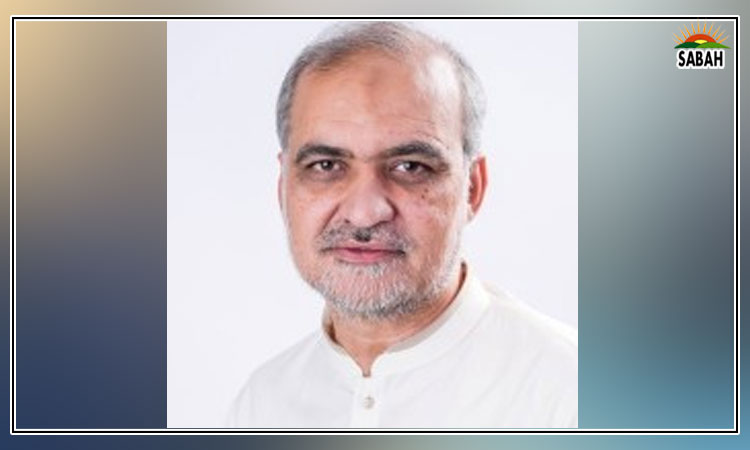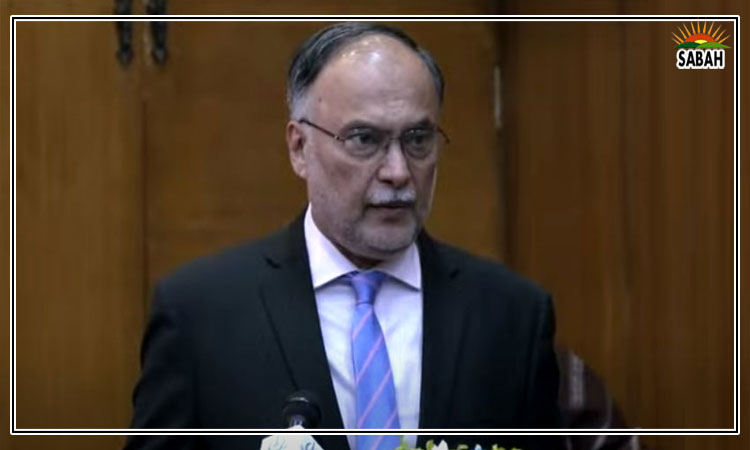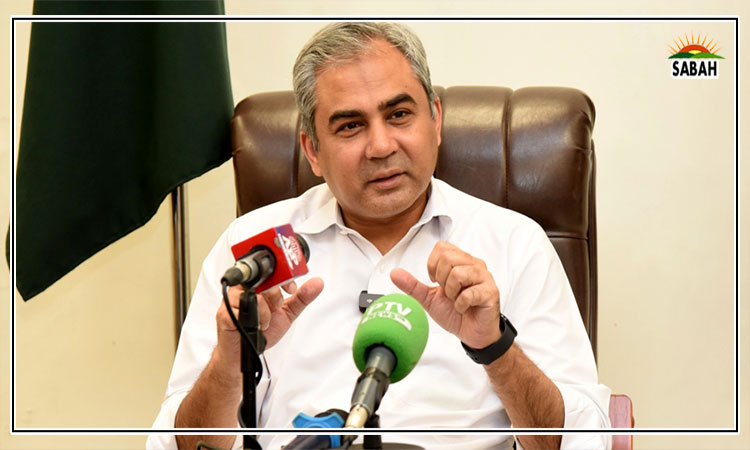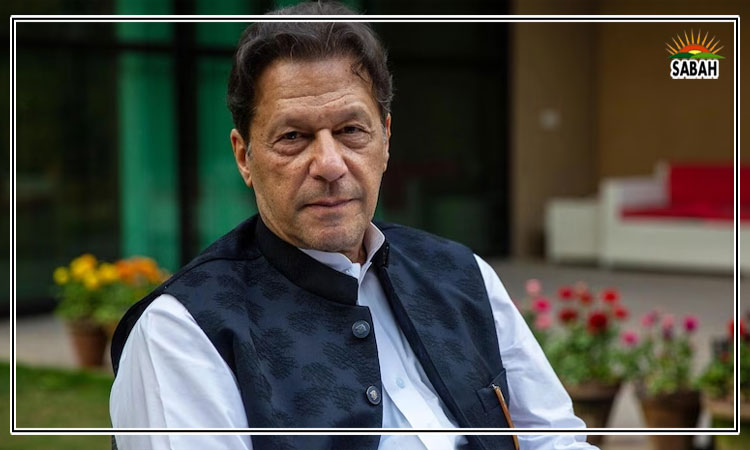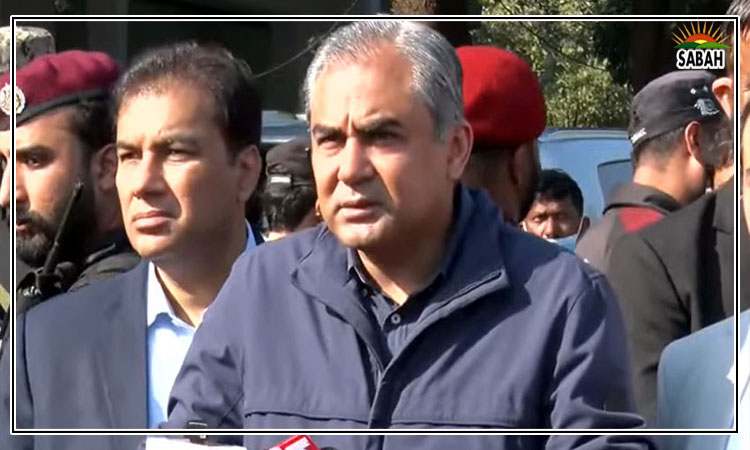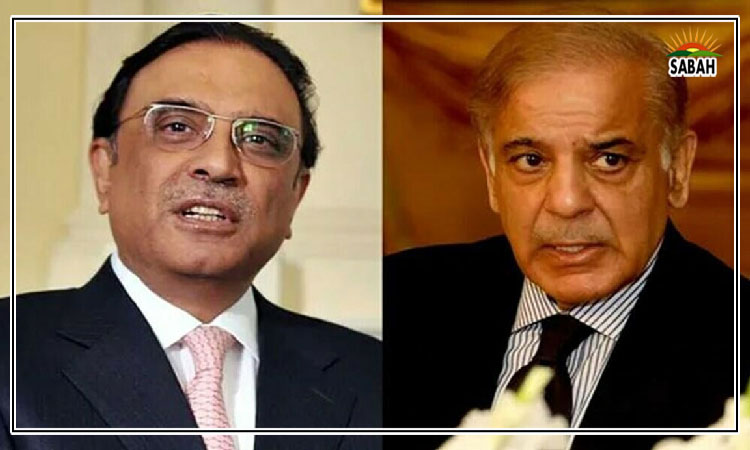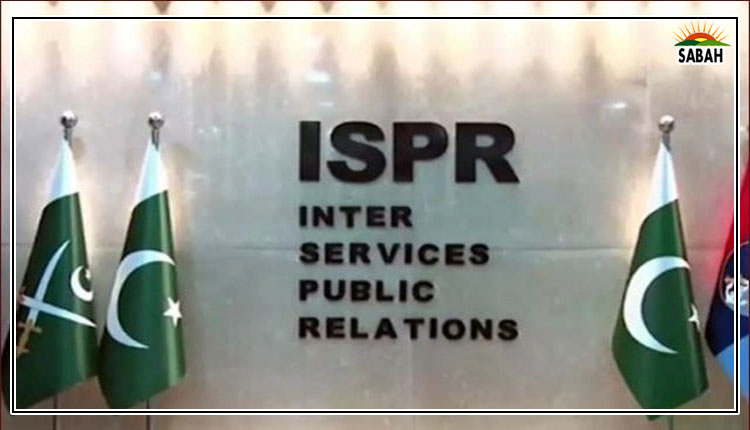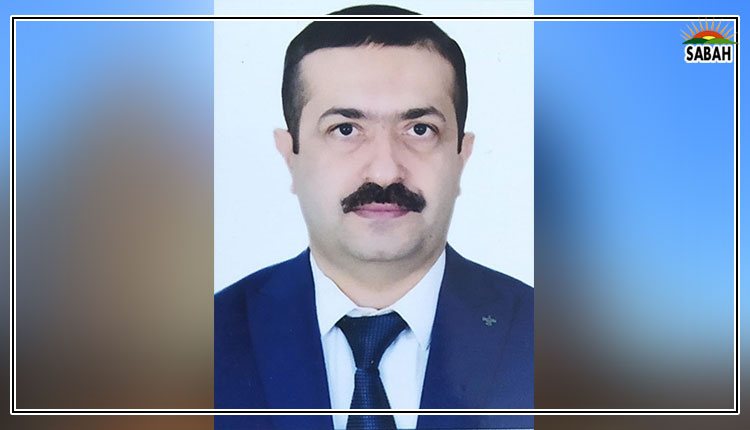The Tragedy of 20th of January in Azerbaijan By Namig Mammadov
In the highest part of the city of Baku? The capital of Azerbaijan, there is a place which former name was Mountain Park, and now is called Martyrs Alley. Citizens who died for the independence and the territorial integrity of Azerbaijan were buried there. Every year on January 20, millions of Azerbaijanis visit that alley and the martyrs buried there. It may be asked: Why on January 20?
January 20 is the date of bloody tragedy written in black letters in the history of the Azerbaijani people. It was on that day in 1990 that the troops of the former Soviet empire, the empire called the Union of Soviet Socialist Republics (USSR), entered the territory of Azerbaijan and carried out massacres against our citizens in a number of regions of the republic, including the capital city of Baku. It would be better to remind that at that time Azerbaijan was a part of the so-called USSR.
Thus, during the Russia-Iranian war covering the years 1826-1828, Azerbaijani territories (khanates) were occupied by Russia and Iran. In 1828, Russia and Iran signed the Treaty of Turkmenchay, which divided the territories of Azerbaijan. According that agreement, northern Azerbaijan was given to Russia, and southern Azerbaijan was given to Iran. In 1918-1920, northern Azerbaijan regained its independence, albeit for a short time, but in April 1920, it was again occupied by Soviet Russia and remained part of the empire until 1991.
At the end of 80s of the 20th century, the process of disintegration began in the USSR. At that time, Armenian separatists became active in the Karabakh region of the Azerbaijan and began activities for the occupation of that region by Armenia. The leadership of the USSR did not prevent it. In such a situation, the Azerbaijani population rose up in different areas of Azerbaijan, including capital Baku, and expressed their protest. This protest later expanded into a movement for independence. The population protested the occupation of Azerbaijani territories by Armenia, and raised slogans against it. In such a situation, the USSR leadership used the method implemented in Hungary in 1956 and Czechoslovakia in 1968. In January 1990, they deployed troop (more than 35.000 solider) into the territory of Azerbaijan, especially the capital Baku, and carried out a bloody massacre against the unarmed civilian population.
As a result of those events called January 20 tragedy, 134 civilians-women, children, old people, etc. killed, more than 700 people were injured, and more than 800 were arrested and tortured. About 20 of the martyrs were women and children. The youngest of them was a 12-year-old girl (Larisa Mammadova), and the oldest was a 77-year-old woman (Surayya Babayeva).
Although the events of January 20 were a bloody tragedy that left a deep mark on the history of Azerbaijan, they are also remembered by all Azerbaijanis as a page or heroism. The victims of the tragedy are considered martyrs who died for the freedom of our motherland, the integrity and indivisibility of our territory and their memory is always cherished.


